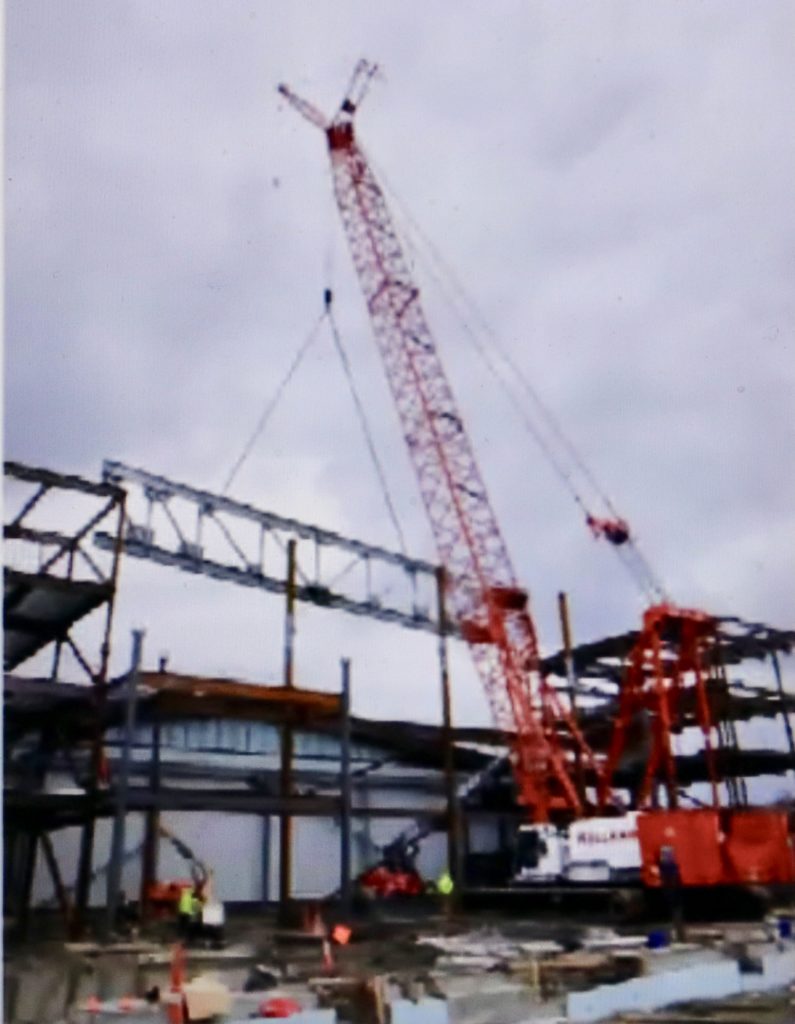Photo: Andrea Prestwich
It was as simple as removing the word “acting” from her title as the Belmont School Committee unanimously voted to elevate Andrea Prestwich to Chair of the committee at its virtual meeting held on Tuesday, April 28.
“I’m honored to be selected as chair and I will do my best and serve the community in that capacity,” said the Alexander Avenue resident. In her second three-year term on the committee, Prestwich is an astrophysicist at the Smithsonian Astrophysical Observatory at Harvard.
Her term continues until the next reorganization meeting a week after the town election in April 2021.
Member Catherine Bowen was elected secretary.
Prestwich replaces Susan Burgess-Cox who resigned from the board earlier in the month in a dispute over the committee’s policy on reorganizing the board’s leadership.

